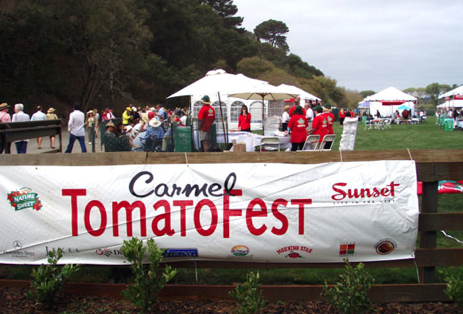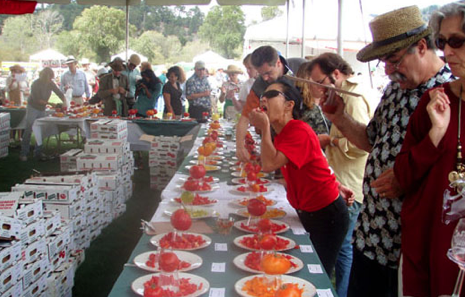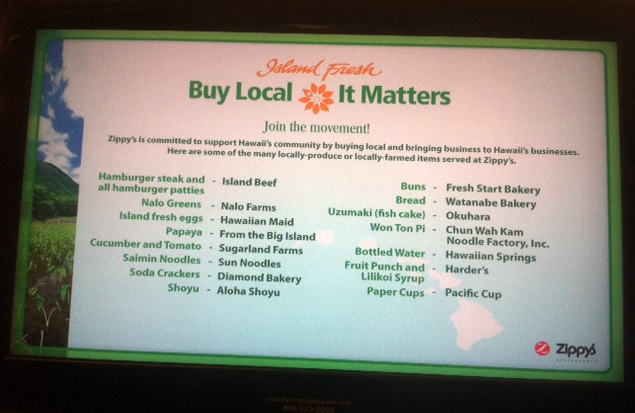I just gave a speech to the toughest audience I’ve faced in a long time.
Several weeks ago, Ted Peck, President of Ku‘oko‘a, asked if I was willing to speak to a student group for no more than 10 minutes about Science, Technology, Engineering and Math. Of course, I accepted.
On Friday evening, I flew to Honolulu from the Big Island, picked up Ted, who was flying in from Chicago, and we arrived at Fern Elementary School just in time for the beginning of the program.
I heard that the Blue Planet Foundation had a display up, but they were not going to speak. There were several University of Hawai‘i instructors there, wearing matching t-shirts. I asked, “You folks speaking?” but they said no.
I asked who else was speaking, and the woman replied, “Just you.” I started to sweat.
She made introductions and then introduced Ted, who took a few minutes to introduce me as the Chairman of Ku‘oko‘a. Then he said, “Please welcome Richard Ha.”
After walking in, I took the microphone and looked out at the audience. There were maybe 70 students, from kindergarten to 5th grade, and a smattering of parents. I sweated some more.
I had to think fast. What could I say to these youngsters that they could understand and take away? Did they even understand what Science, Technology, Engineering and Math are? Surely they had no idea what Ku‘oko‘a was, let alone “Mr. Chairman.”
I decided to tell them what my Pop told me when I was their age. I told them about impossible odds, and pointed in the air and said, “Not, no can. CAN!” I looked out at the kids and could see in their faces that they were listening.
I said, “Get thousand reasons why ‘No can.’ I’m just look for the one reason why ‘CAN!!’” They were with me.
Then I told them: “For every problem, find three answers. Then think of one more, just in case.”
I said that if some of them felt they were not as smart as some of the others, to remember: “If someone is twice as smart as you, but you work four times as hard, then you can become twice as smart.”
“You can make up for everything by hard work.” I was on a roll.
I asked them what they would do if an earthquake came and everybody was falling down. They didn’t know. I told them my Pop told me to jump in the air and do a half turn. If you are not touching the ground when it shakes, you won’t fall down. And after two jumps you would have spun all the way around and seen everything.
Remember: “Not, no can. CAN!!”
Whew. That was a tough audience. I liked it, though. I love talking to small kids.



